Wageningen science is broad, varied, and world-class. And there is much more going on than you may be aware of during your studies. To welcome you into this amazing world, Resource lists a few highlights of recent studies (see box) conducted by Wageningen University & Research’s five sciences groups.
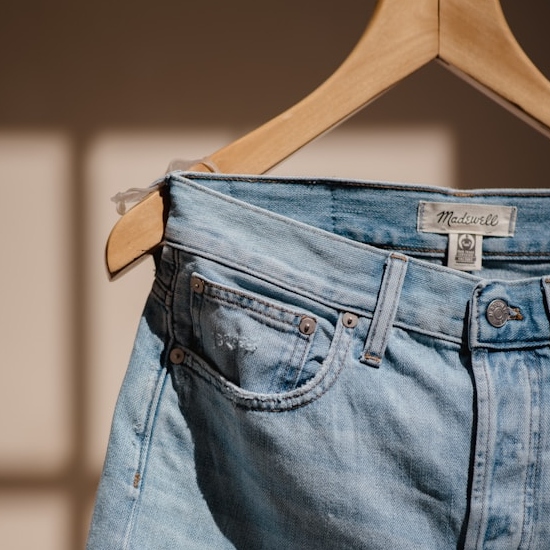
Greenhouse jeans
WUR researcher Filip van Noort partnered with clothing manufacturer G-Star to develop Dutch cotton (Nederkatoen), which is cotton grown in WUR’s greenhouses in Bleiswijk. Home Grown Denim is as sustainable as can be: no pesticides are involved, and the crop is grown using rainwater and solar energy. Dutch cotton is still too costly to hit the market. A new batch has been started for follow-up research. (PSG)
Photo Jason Leung/Unsplash
The wolf and seven pups
There is a pack of wolves living between Bennekom and Arnhem. The pack is made up of a mother, father and seven offspring. WUR’s DNA studies show that the wolves are part of the total of 51 wolves that were released into the wild in the Netherlands. Half of these wolves are new arrivals and generally offspring of the ten packs in our country. WUR monitors the wolf population closely at the behest of the provincial governments. Most of the wolves are found on the Veluwe, with seven known packs. (ESG)
Photo Robert Larsson/Unsplash


Measuring air quality yourself
Wood-burning stoves and fireplaces are ruining air quality. Meteorologist Bert Heusinkveld developed a sensor to measure particulate matter in the air. Seventy of those sensors have been placed in the gardens of Wageningen residents. It’s a true citizen science project. A measurement is made every 145 seconds. Levels of volatile organic compounds and nitrogen oxides are also measured, so it is possible to determine whether the particulate matter originates from wood fires or traffic. The data are available to all on the Sensor Community website. (ESG)
Photo Vadim Sadovski/Unsplash
Coincidental elite
Nature follows reality. There is much inequality. There are many individuals of a few species and few individuals of many species. And this is a mathematical necessity, according to Marten Scheffer and his colleagues. Rarity is unavoidable, and coincidence plays a significant role, their mathematical model shows. Today’s dominant species are a ‘coincidental elite’. Their dominance may just as quickly disappear if circumstances change. (ESG)
Photo Shutterstock
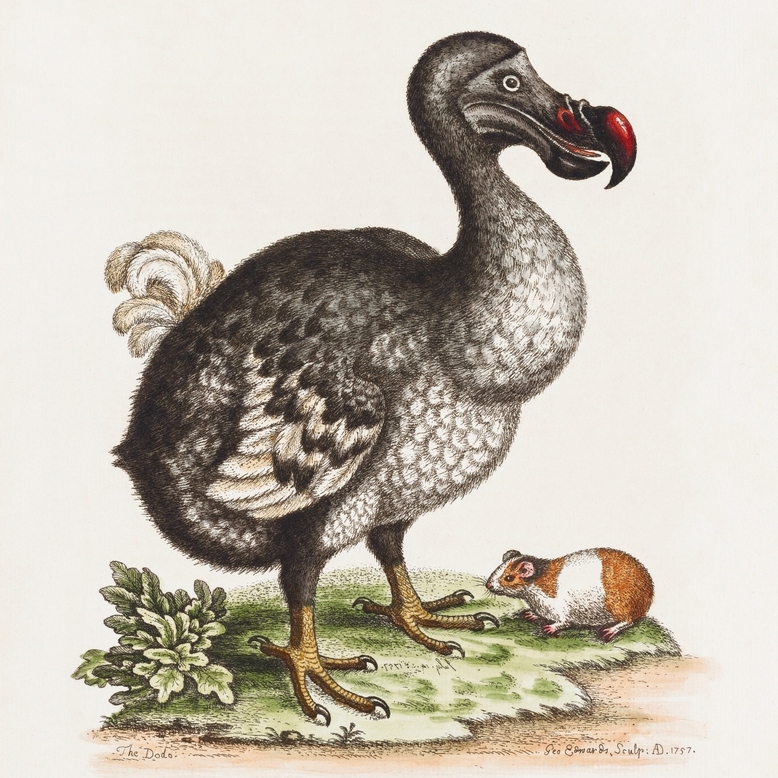
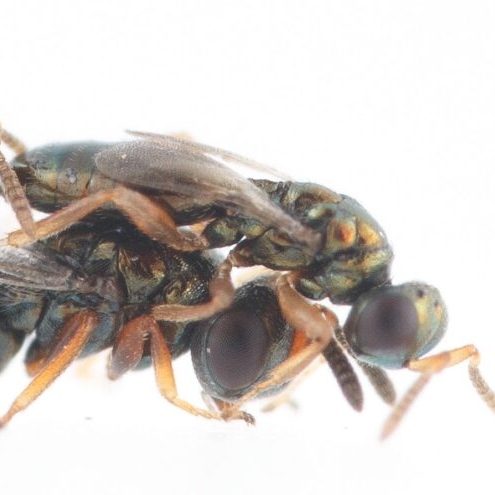
The parasitic wasp’s perfume
The gene called doublesex determines whether parasitic wasps find each other attractive.Doublesex controls the production of pheromones, which act like the wasp’s attractant aftershave. Entomologist Eveline Verhulst is trying to figure out the mechanism. Males in which the gene is switched off are no longer attractive to females. In fact, other males see them as females. (PSG)
Photo Jitte Groothuis
Nothing wrong with extra red
Plants grow better with some extra far-red light. This additional growth comes at the expense of energy for defence against plague insects. However, this need not be an issue when combined with organic pesticides, according to a study on tomatoes by PhD candidate Davy Meijer. Although plague insects fare better under extra red light, the same applies to their natural enemies, the ichneumon wasp. (PSG)
Photo Dan Gold/Unsplash
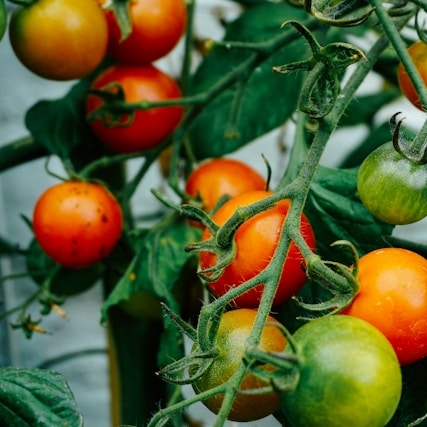

Crossing unseen
Nathusius’s pipistrelle bats follow the Dutch coastline during their fall migration. A study by Sander Lagerveld shows that part of the bats crosses the North Sea west of North Holland. He used acoustic measuring equipment on offshore drilling rigs to listen to Nathusius’s pipistrelle bats passing by. The bats avoid the full moon during the crossing, possibly due to the elevated risk of predation. (ASG)
Photo Shutterstock
Tracking sick cows through passport photos
Like human faces, a cow’s face speaks volumes. The question is how to read those ‘volumes’. Can illness be read from a cow’s face? And can a computer learn that too? Yes it can, according to research by Ronald Petie. Together with students from the HAS and Avans universities of applied sciences in Den Bosch, Petie put the dreaded foot-and-mouth disease to the test. After training, the computer picked up 94 out of 100 sick cows. It also correctly designated 94 out of 100 non-sick cows as healthy. (ASG)
Photo Jean Carlo Emer/Unsplash
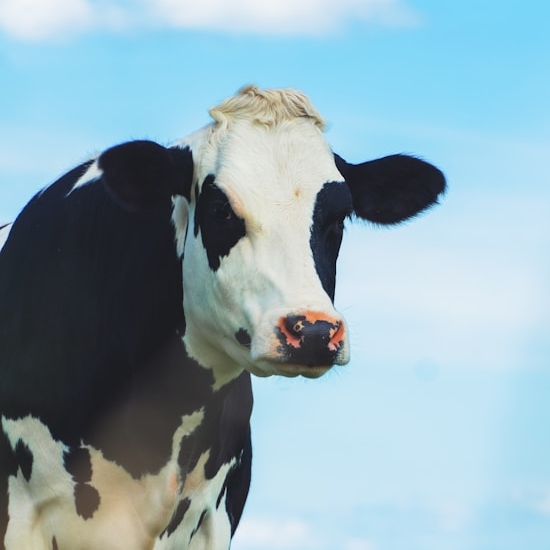
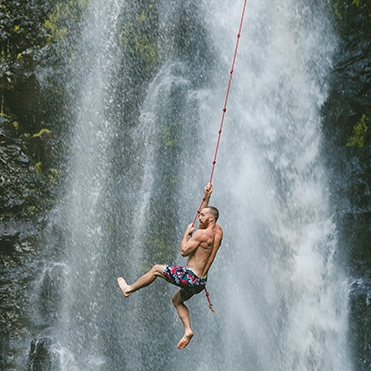
Catchy bond
Can a bond become stronger under pressure? Such catch-bonds exist in nature. PhD candidate Martijn van Galen made the first human-made one using two strands of DNA, one of which was partially folded like a bobby pin. Under normal conditions, the two strands of DNA are loosely attached. Under tension, the bobby pin opens like a zipper, after which the inside part of the zipper latches on to a piece of DNA on the other strand, which is a precise match. (AFSG)
Photo Jakob Owens/Unsplash
Lionfish sees colours Lionfish thrive not only in fish tanks but also in other places. The tropical fish, with its striking (and poisonous!) spines, is also one of the world’s oceans’ most successful invasive non-indigenous species. How does the creature manage that? Perhaps its success can be attributed to the fact that it can see both ultraviolet light and colour, which benefits it when hunting. PhD researcher Elizabeth Philips showed this fact. This unique ability enables the ‘twilight hunter’ to also operate successfully in daylight conditions. (ASG)
Photo Ray Harrington/Unsplash
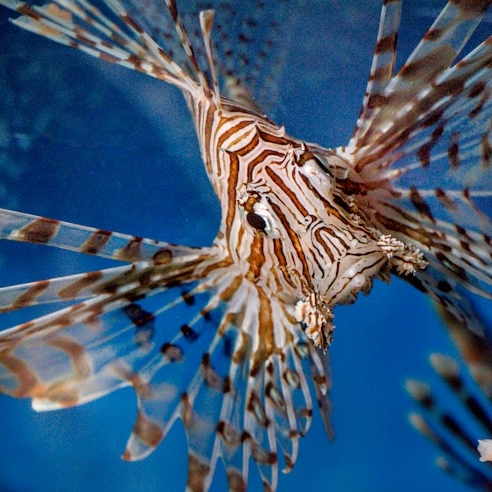
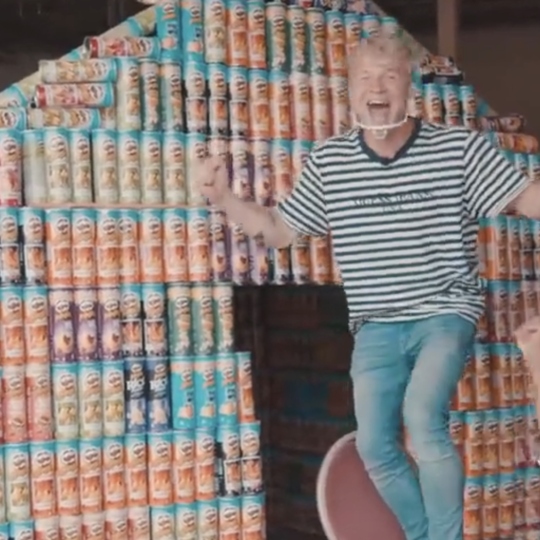
Influencing-alertness
The Dutch promotion committee demands that influencers must make clear whether they have been sponsored in any way to promote a product. How they make this known is up to them. A tiny hashtag (#ad) is enough. However, researcher Sophie Boerman discovered that hardly anyone notices such tags in online videos. A parental advisory-like pictogram also showed little results in recognising influencer marketing. So, should the rule be abolished? No, she says. Transparency is more important than ever, with influencer marketing becoming increasingly professional and sophisticated. (SSG)
Screenshot Kalvijn
Grab that PFAS!
Environmental pollution with PFAS is a serious issue. Organic chemists at WUR have developed a method to extract PFAS from polluted water. To this end, they use so-called pillarenes, ring-shaped molecules made up of benzenes. Attaching specific molecule chains to the sides results in a substance that filters PFAS out of a solution and binds it. The PFAS filter is reusable. The chemists are currently searching for a way to break down the PFAS and render it harmless. (AFSG)
Illustration Shutterstock
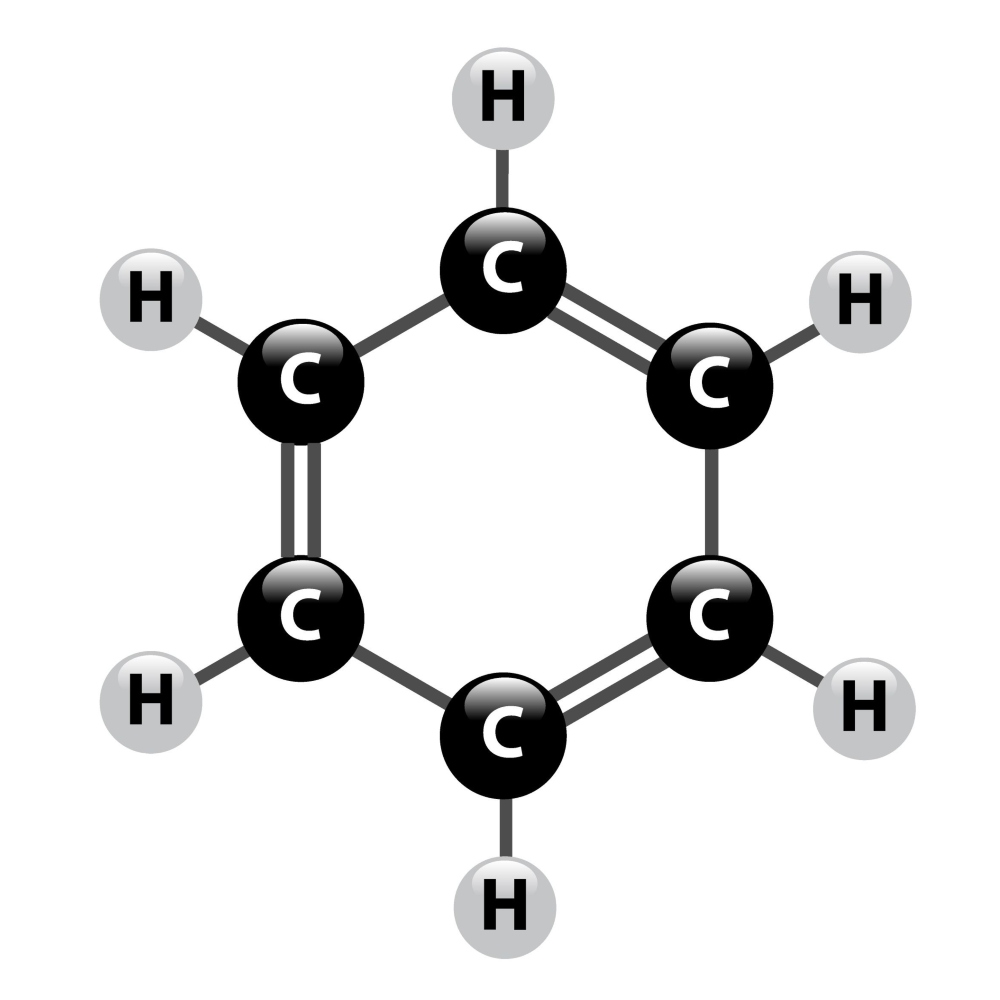
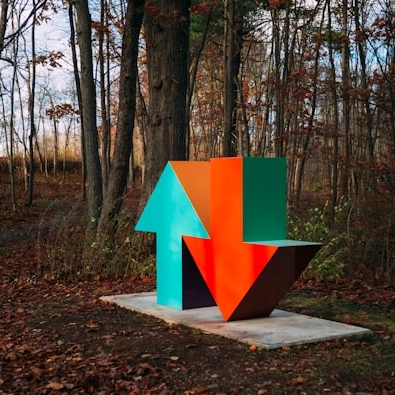
ChatGPT feedback
The negative side of generative artificial intelligence (AI) is blatantly apparent: students have computers doing their homework. However, computers can also help you improve your work, according to researchers in Education and Learning Sciences. They provided students and ChatGPT with the same learning feedback assignment and then compared the quality of the output. ChatGPT was more critical regarding structure, while students focused more on content. These two forms of feedback are complementary. (SSG)
Photo Susan Q Yin/Unsplash
Carbohydrate fuelled exercise
Recreational athletes are increasingly experimenting with their diets. They are inspired by professional athletes who optimise their performance with a carefully designed diet. Mireille Baart studied differences in performance among recreational cyclists after adhering to a carbohydrate-rich and a low-carbohydrate diet. The body’s efficiency in using energy was not improved through a low-carbohydrate diet. So, go ahead and ingest those carbs. (AFSG)
Photo Shutterstock
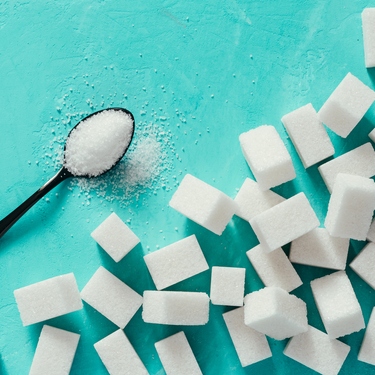
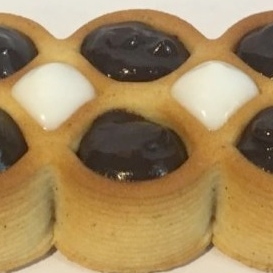
3D-snack
A snack fully tailored to your personal preferences or designed to enhance your performance or health? It is possible! Martijn Noort partnered with, among others, TNO and the Army to develop a 3D food printer capable of producing such personalised snacks. They were tested on soldiers and IC patients. The snack looks like a puff pastry filled with a sweet, soft substance akin to apple sauce or a thick milkshake. (AFSG)
DNA from onions
WUR researcher Richard Finkers (Genomics and Big Data Application) and his colleagues have unravelled the DNA of the onion. This was no easy task as the onion genome is five times bigger than the human one. The researchers had to sequence 100,000 fragments of DNA, 95,000 of which were hard to tell apart. Now the DNA sequence has been established, plant breeders can develop new varieties faster. They are looking for onion varieties that are more resistant to drought and fungal diseases. (PSG)
Photo Shutterstock
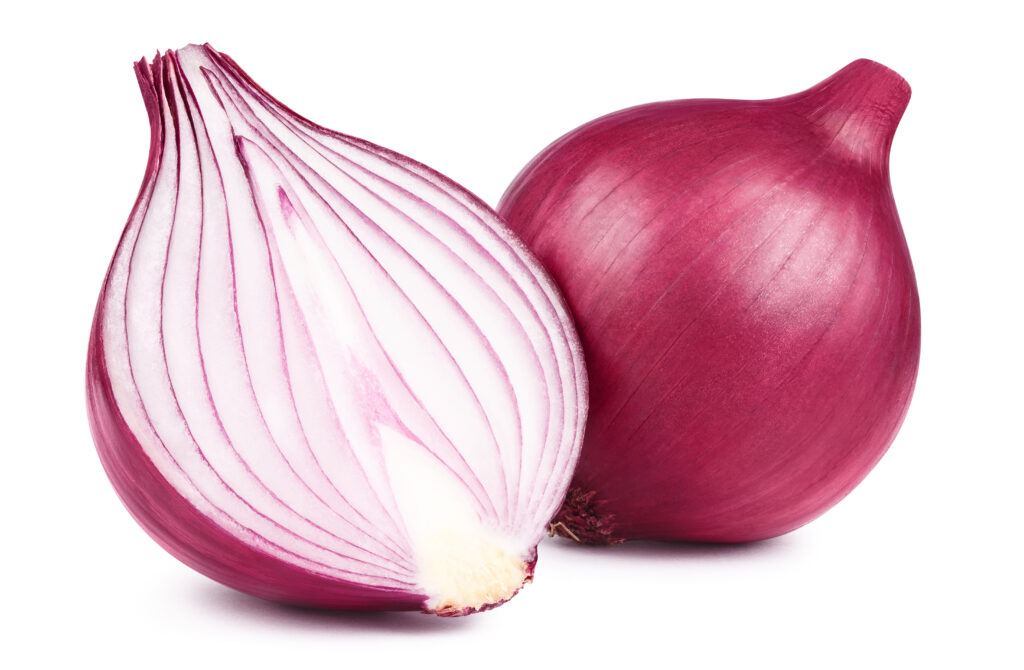
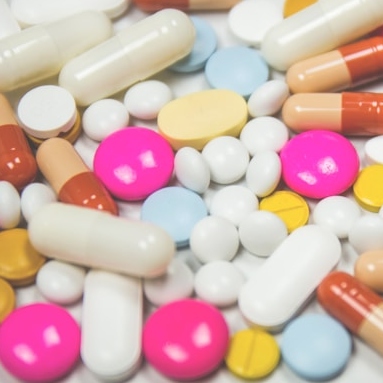
Breaking the pill spiral
Medication may have side effects that cause new symptoms. Doctors often fail to identify these symptoms as the side effects of medicines and respond by prescribing extra medication. This can cause a spiral of increased drug use and symptoms. That can change. Wout van Orten-Luiten linked medicine use to the levels of nutrients in our blood. Addressing shortages of nutrients can prevent an endless cycle of pills. (AFSG)
Photo Unsplash
Multicultural classrooms
Over eighty per cent of the students in secondary professional education in some cities have a migration background. PhD student Kennedy Tieleman discovered that almost three-quarters of the teachers are wary of leading a culturally diverse group. And the more multicultural they deem their own skills, the warier they become. Not a contradiction, according to Tieleman. As one’s multicultural skills improve, so does the ability to identify tension fields. Additionally, such skilled teachers are more likely to be placed in ‘difficult’ groups. (SSG)
Photo Sam Balye/Unsplash
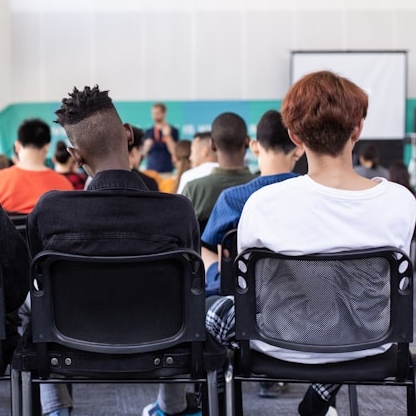
WUR’s five sciences groups
AFSG
Agrotechnology & Food Sciences Group. The food researchers are in Helix, the agrotechnology scientists in Axis.
ASG
Animal Sciences Group. Animal scientists most are in Zodiac.
ESG
Environmental Sciences GROUP. Most of their activities are in Lumen and Gaia.
PSG
Plant Sciences Group. Scientists are mainly in Radix and the Unifarm greenhouses round the back for experiments.
SSG
Social Sciences Group. Most of the social scientists are located in Leeuwenborch.
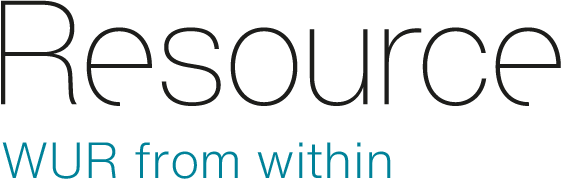
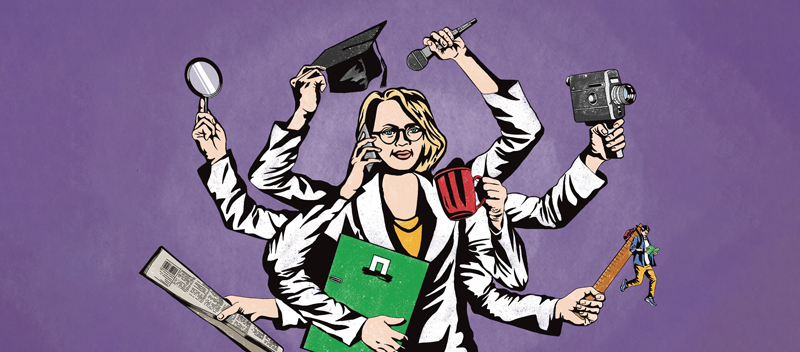 Illustration Valerie Geelen
Illustration Valerie Geelen